Apple’s iMac remains firmly grounded as a productivity device,updated the iMacs have, for the first time, adopted Intel’s Core i3 processor, with some distinct differences between the i3, i5, and i7 models, while the refreshed the Mac Pros tap Intel’s most advanced six-core processor…..
There’s nothing outwardly different about the new iMacs Apple just released last Tuesday, but the hardware underneath that familiar aluminum chassis has gotten faster — particularly on the low end, where a new 3.06GHz Intel Core i3 processor and discrete ATI Radeon HD 4670 graphics chip have taken over for the previous gen’s 3.06GHz Core 2 Duo and integrated NVIDIA GeForce 9400m. That’s a big boost — Apple claims the new version is some 50 percent faster — and so we actually turned down the hot-rod 27-inch 2.93GHz Core i7 iMac in favor of a stock $1,199 21.5-inch Core i3 when it came time to pick up a review unit. We wanted to see just how much bang Apple’s delivering for the entry-level buck, and we weren’t disappointed when the tests came back.
In time for the back-to-school buying season, Apple has updated its iMac desktop line with a broad assortment of under-the-hood features. This review will focus on the entry-level £999 (inc. VAT) model, but all four of Apple’s default iMac configurations have received updates to their CPU, memory and graphics chips.The highest-end 27in. model also has a new option for solid-state hard drives. Apple left off a few hoped-for features from its new iMacs, including an HDMI input and Blu-ray drive support, although we’ve pretty much given up on Apple ever adding the latter. We also find the iMac’s 21.5in. screen small compared with more-affordable 23in. Windows-based all-in-ones. Despite those reservations, the iMac’s new core components make it one of the fastest all-in-ones available. We’d look elsewhere for an all-in-one to serve as a home entertainment hub, but the entry-level iMac is your best bet if you’re shopping for an all-in-one with performance as your primary concern.
Externally, the new iMac is exactly the same as the previous generation a more squared-off riff on the aluminum and glass iMac design Apple’s been using since 2007. The 16:9 21.5-inch IPS display continues to impress with frankly stunning viewing angles and excellent color reproduction, although there’s just no getting around the glare from the hyper-glossy screen and, as usual, Apple deflected our questions about any possibility of a matte option. We can’t help but find that confusing: we’re sure most people will be happy with the glossy display, but there’s no harm in offering the option to people Apple does it on the MacBook Pro, after all.
Although Apple has made a number of changes to the new iMac’s internal components, the exterior remains identical to the previous edition of the iMac from October 2009. The new system features the same aluminum and glass design, the same glossy LED backlit display and almost all of the same ports and inputs as the original. The only change is that the SD card slot, a new feature on the last iMac update, now supports higher-capacity SDXC cards, which go up to 2TB. That mirrors the SD card slot Apple added to the new Mac Mini, which debuted in June.
Around back you’ll find a fairly average selection of ports: audio in and out, four USB, FireWire 800, mini DisplayPort, and Ethernet, along with a Kensington security slot and the power jack behind the integrated stand. Having all the USB ports on the back makes swapping things like USB flash drives and camera cables in and out a little more awkward then necessary we wish Apple would put at least one port on the side, especially since the wireless keyboard has replaced the wired keyboard and its easily-accessible extra USB ports in the standard config. Oh, and unlike the larger 27-inch iMac, the mini DisplayPort on the 21.5-inch model doesn’t double as a video input, so you can’t use the display for console gaming or anything like that.
Speaking of the side, the right side holds the slot-loading 8x DVD burner no Blu-ray here — and an SDXC card slot. The SD slot is obviously welcome, but putting it directly under the DVD slot of the exact same width is a recipe for disaster we’ve accidentally stuck an SD card into the DVD drive of our daily driver Core i7 iMac more times than we can count. Apple really needs to move the SD slot farther away from the DVD slot fishing around in your shiny new iMac’s optical drive for a lost SD card with a butter knife is not a recommended leisure activity.
Apple also left the contents of the new iMac box unchanged. The system still includes the Apple wireless keyboard and the wireless Magic Mouse. The Apple Remote remains a configurable option for £15, and Apple has also added its new Magic Trackpad as an officially supported input device for an additional £59.
The Magic Trackpad brings the touch- and gesture-based controls from the MacBook Pro, and Apple’s mobile products to the desktop line for the first time. It also gives Apple a reasonable counter to those who might complain about the iMac’s lack of a touch-screen, a feature that comes on many Windows-based all-in-ones in the same price range as the iMac.
As far a peripherals, Apple packs in its tiny wireless keyboard and Magic Mouse standard you can switch up to the wired keyboard with numeric keyboard and / or the wired mouse for free, but you’ll have to pay an extra $69 for the Magic Trackpad and another $29 to score Apple’s new battery charger and to have all the peripherals pre-loaded with rechargeables. Note that you can’t replace the Magic Mouse with the Magic Trackpad Apple says that while some users will set the mouse aside entirely, it expects most people to use both input devices on the desktop. We’ve reviewed the Magic Trackpad separately, so we won’t linger on it too long all we’ll say here is that we wish we could swap the Magic Mouse for the Trackpad entirely at no cost, since we generally use a third-party mouse anyway.
Among the iMac’s new internal components, the new Intel CPU brings the most dramatic changes. The 3.06GHz Core i3 chip has the same core clock speed and pair of physical cores as the previous iMac’s Core 2 Duo, but thanks to Intel’s HyperThreading technology, the iMac’s new CPU can emulate four processing threads. That pseudo quad-core design has a noticeable benefit to the iMac’s multitasking capabilities, as you’ll see in our performance charts below.
Of course, the biggest news is inside the case, where the new 3.06GHz Intel Core i3 sits on a 1,333MHz DMI bus with 4GB of RAM and a new discrete ATI Radeon HD 4670 graphics chip with its own dedicated 256MB of RAM takes over from the integrated NVIDIA GeForce 9400m in the outgoing model. Apple promises the new chip is a huge upgrade from the old 3.06GHz Core 2 Duo up to 50 percent in some situations. So is it? Let’s look at the numbers.
Aside from HyperThreading, the Core i3 features a number of architectural improvements over the older Core 2 Duo generation, but most of the changes will manifest themselves through faster performance. It has an integrated memory controller, which means faster communication between the CPU and the system RAM, and also benefits from improved power efficiency.
In addition to the CPU update, Apple has also moved all of its iMacs to a discrete graphics card. The £999 model comes with the modest 256MB ATI Radeon HD 4670, whereas the older 21.5in. iMac featured an integrated Nvidia GeForce 9400M graphics chip. Gaming on the Mac has made some significant steps this year. Valve Software’s Steam service has made a number of popular PC games available to the Mac via digital distribution. We’re also starting to see some early Mac-compatible cloud gaming services such as OnLive, which lets you play a variety of games, including popular PC titles, on a Mac via a remote connection to the OnLive servers. Cloud gaming won’t really rely on the 3D card since most of the rendering work happens remotely, but for Steam, and other locally hosted games, the new graphics card should provide a noticeable improvement to the Mac gaming experience, particularly at higher resolutions.
We’ve always known that Intel’s Core 2010 processors provide excellent bang for the buck, and the dual-core Clarkdale Core i3-540 in the new iMac is no exception. We clocked a Geekbench score of 5789, which is far higher than the 3385 put up by the new Mac mini’s 2.4GHz Core 2 Duo, and actually pretty respectable compared to the 8217 posted by the 2.80GHz quad-core Core i7 in our previous-gen 27-inch iMac. In fact, the i3 iMac outguns a 2.66GHz dual-core Core i7 MacBook Pro’s 5101, and holds up rather respectably to the previous Core i5 iMac’s score of 6513.
Of course, those numbers don’t mean anything without some real-world results, and the Core i3 iMac more than held its own doing everyday tasks we obviously had no trouble doing some writing while browsing, IMing, and playing some music. Playing back a 1080p video on the 21.5-inch display was quick and painless, and we were able to encode a 30-second 720p H.264 video in around 25 seconds, which is more than solid.
The combination of the Core i3 and discrete ATI Radeon HD 4670 also made the iMac a reasonably credible gaming system we averaged between 30-60fps at full 1920 x 1080 resolution and average detail settings in Half Life 2: Episode 2, and 60-70fps at the same settings in Portal. That’s not bad at all as usual, we don’t think hardcore gamers are going to flock to the Mac at these numbers, but you’re not going to be unhappy if you’re just looking to have some fun.they provide a noticeable performance boost over the familiar Core 2 Duo / 9400m setup that was Apple’s standard kit for so long, and we doubt the average iMac buyer will run up against any performance limitations. In fact, if you’re considering a Core i7 MacBook Pro and you can live without portability, an iMac might even be the better bet.
All in all, the Core i3 and Radeon HD 4670 more than lived up to their billing here The Gateway’s larger screen is also a problem for Apple. The two screens have the same resolution, and Apple can argue it has better screen quality. For some people that might make a difference (photo editors, for example). Others will simply see the differences in physical screen size and question the iMac’s value. The Gateway’s larger screen is better suited to movie watching, making it a particularly good match for the Blu-ray drive. Your preference will depend on how you intend to use your all-in-one, but most consumers will have a hard time turning away from the Gateway’s larger display. Our feeling is that by the time Apple updates the iMac again, the lower-end models will see a screen size upgrade.
The iMac line has long been a pinnacle of refined and elegant desktop computing, and nothing about that has changed with the new models. What has changed is that the low-end model now offers great performance at an extremely competitive price: the not-yet-shipping HP 200xt runs around $1,100 similarly configured, the Lenovo A700 offers a slightly bigger 23-inch screen with touch support but a slower 2.26GHz i3 and far worse integrated graphics for around $1,100 once you add in the wireless peripherals, and the Sony VAIO J clocks in at $1,100 with a touchscreen and the same slower processor and integrated graphics as the Lenny but adds a Blu-ray drive to the mix. We’d call that a wash, especially since none of this takes operating system preference into account an extra Benjamin to run OS X on a machine as well-designed and executed as the iMac isn’t the worst tax Apple’s ever demanded of its users, and the insane quality of the display and packed-in peripherals (if you can stand the Magic Mouse) certainly eases the sting. We just wish the screen wasn’t quite so glossy, and the SD slot not quite so accident-prone, but apart from these minor quibbles the entry-level iMac is an impressive update to an already-winning formula.
We weren’t sure what to expect from the new iMac’s power consumption because of its discrete graphics card. Our suspicions about higher power draw increased when we found the iMac’s surface temperature running extremely hot, up to 103 degrees in standby mode, on the backside of the case (as measured by a laser-guided thermometer), where we assume Apple installed the new GPU. Although that temperature reading seems high, the new iMac’s power draw was anything but, coming in second overall in its field of similarly priced all-in-ones. Probably the most impressive fact is that despite its faster components, the new iMac actually requires roughly the same power as the previous model (1.53W sleep, 35.4W idle, 136W load). We assume most of you will find the new iMac’s annual $19.54 or so (£12.54) in energy charges a manageable expense.
Apple remains an outlier in the PC industry for its support policies. You get 90 days of free support and a year-long warranty by default. After that, you can either refer to Apple’s web site, a Genius Bar or an Apple-authorised service provider, or pay £139 for three years of phone service via AppleCare, which also extends your warranty to three years. We have a feeling that Apple considers tying the warranty upsell to what other vendors would consider standard phone support a savvy business move. For the inconvenience this policy causes its customers who simply want to pick up the phone, we respectfully disagree.
Resources :zdnet.co.uk,engadget.com

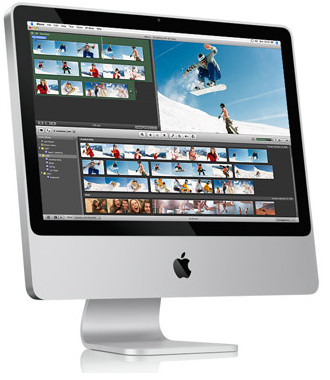
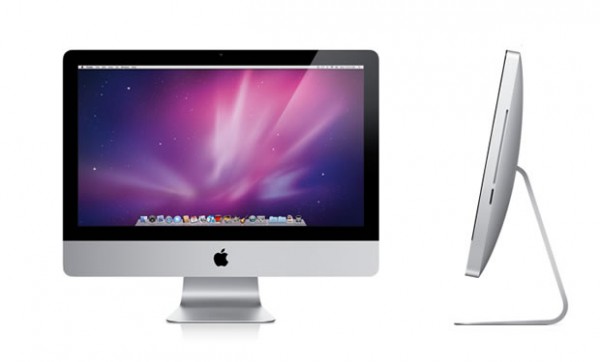
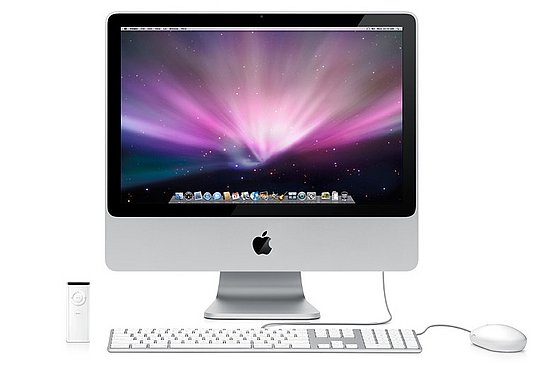

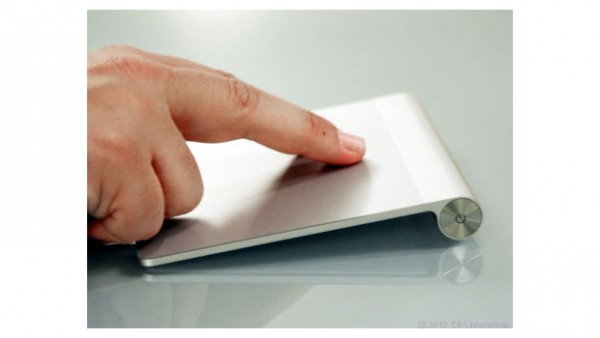
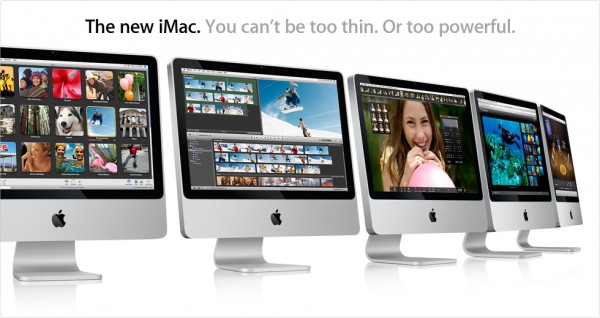
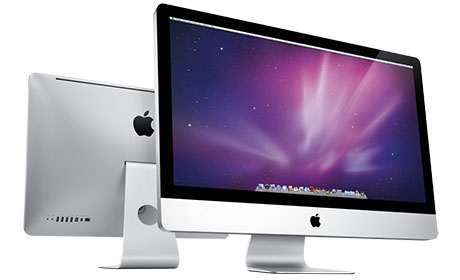
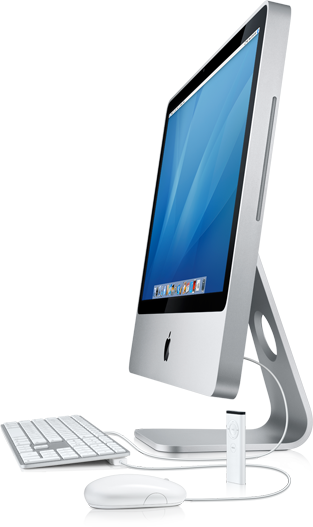
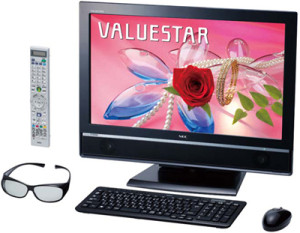
okay so how do you get the SD card out of the DVD slot????
okay so how do you get the SD card out of the DVD slot????
Pingback: Private Servers
I used to believe iMacs were expensive or overpriced compared to desktop equivalent Windows PCs. I’m not so sure now though.
I need an upgrade and want a big lovely monitor for photo/video editing. By the time I added a Dell U2711 (same spec as iMac screen) to the Bit-Tech “enthusiast” base PC which is as close to iMac spec as makes no difference (core i5, 4GB, 1TB, HD6850 [equivalent to 6970M], DVDRW) and added any outstanding items (webcam, OS, speakers) the price ‘saving’ over the iMac was only £100. And that’s before delivery, support, build, etc.
I’m no Apple fanboy either. I’ve been a PC man since 1994 and regularily build my own rigs. I genuinely from doing unbiased research found so little difference in price it near as made no difference.
http://planet-veato.blogspot.com/2011/05/price-wars-imac-vs-windows-pc.html
Turn off Mac, unplug wires, put on the floor carefully, use tweezers to extract carefully, like that doctor game…